Hagia Sophia means divine wisdom in Greek and refers to Jesus Christ, the second person of the Holy Trinity. Constructed between 532 and 537 by order of the Byzantine Emperor Justinian, the structure served as an Orthodox cathedral until 1453, except as a Roman Catholic cathedral for about 60 years in the 12th century.
The “Hagia Sophia”, which was transformed with the conquest of Istanbul from a church into a mosque, is classified as one of the most important artistic and architectural monuments in the world. This majestic edifice was built in 537, and historians consider it the “eighth wonder of the world.”
A feat of Roman engineering, the Hagia Sophia’s colossal dome (102 feet or 31 meters in diameter) covered the largest enclosed space in the world for more than 1,000 years.
Today, the “Hagia Sophia Mosque” is considered an artistic and architectural edifice located in the “Sultan Ahmed” area in Istanbul, and it was used for 481 years as a mosque, before it turned into a museum in 1934, so that the great edifice witnessed a historical event on July 10, 2020, by abolishing the court. The Turkish Supreme Administrative Authority, the decision of the Council of Ministers issued in 1934, reopening it for worship and prayer, and transferring the affiliation of the historical edifice from the Ministry of Culture and Tourism to the Presidency of Religious Affairs.
Where is Hagia Sophia located?
The Hagia Sophia Mosque is located in the Sultanahmet area, which is connected by the tram line (train).
Visitors can get off at the Sultanahmet station, and then walk for five minutes to reach the mosque through a wide garden, and public taxis can be easily reached to the site.
Architectural design of the Hagia Sophia Mosque
The length of the main building is 82 meters, the height of the dome is 55.6 meters, the diameter is about 31.7 meters, and it has 40 windows.
The entire building is based on four huge columns, each of which is 24.3 meters high, made of green marble.
At the end of the twentieth century, four hidden pillars were discovered standing slanted against the upper dome, which means that they are the oldest pillars in the history of architecture.
It is entered into the building by nine doors, and it is built in the style of the basilica (an ancient Roman architecture that the Greeks were famous for in constructing their religious monuments, so we find it many in Rome and similar to the dome of Vatican City), it takes from the inside and outside a rectangular shape and the building is preceded by a huge front atrium (celestial space) surrounded by a portico It is long, leading to side halls, from which it enters the main hall, where the huge dome resting on the building rises above the main hall, and from the east and west it rests on relatively small half-domes.
After converting the Hagia Sophia into a mosque, many of the paintings were covered with layers of gypsum, and decorations in Arabic calligraphy were painted over them, but they began to fall off and the drawings appeared underneath, which made them now paintings intertwined with each other.


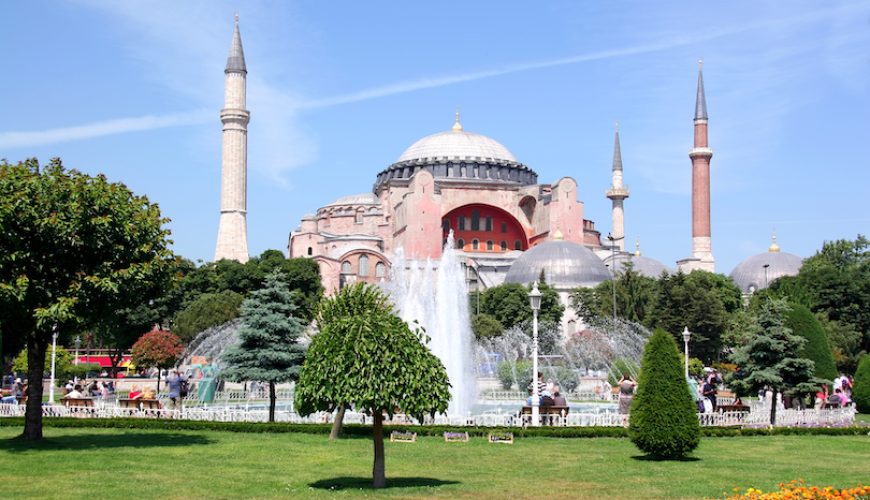
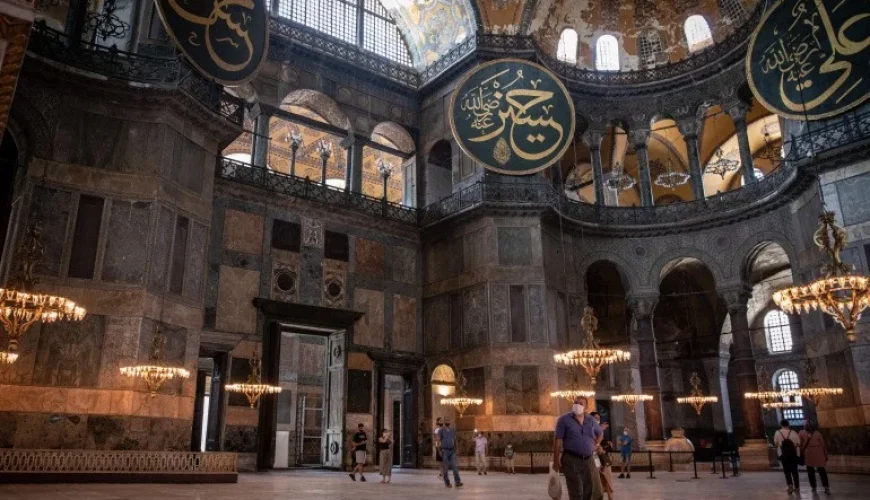
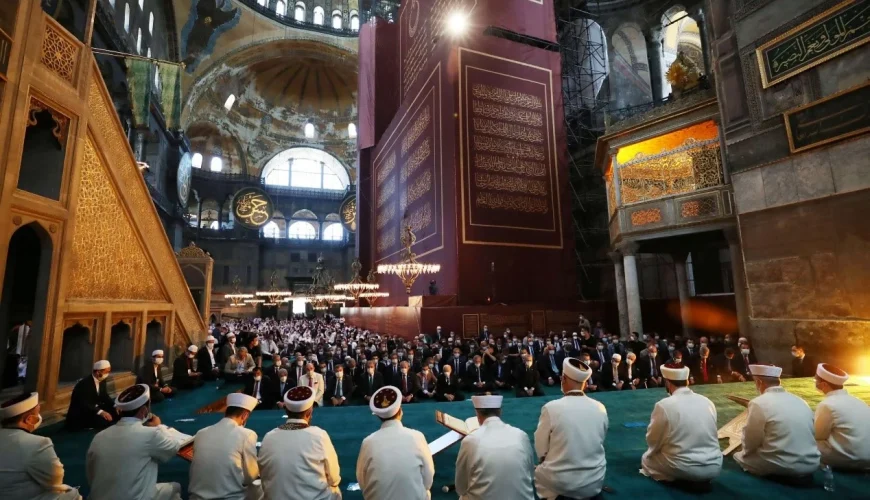
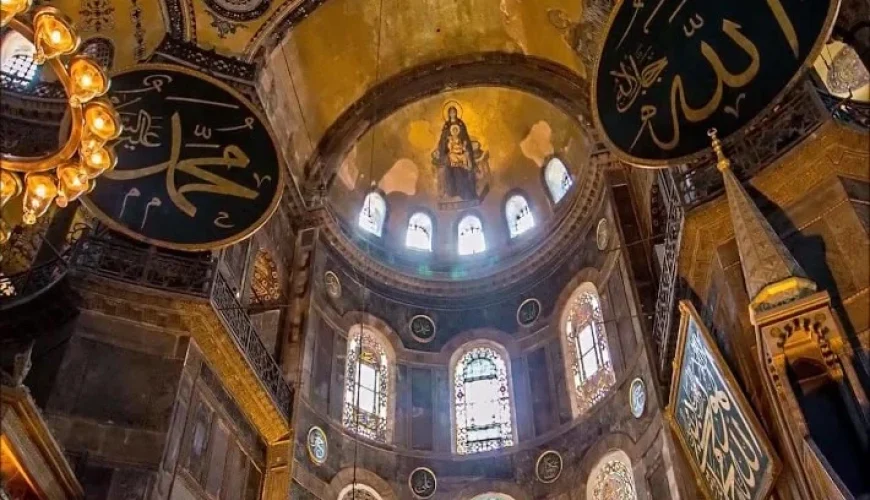
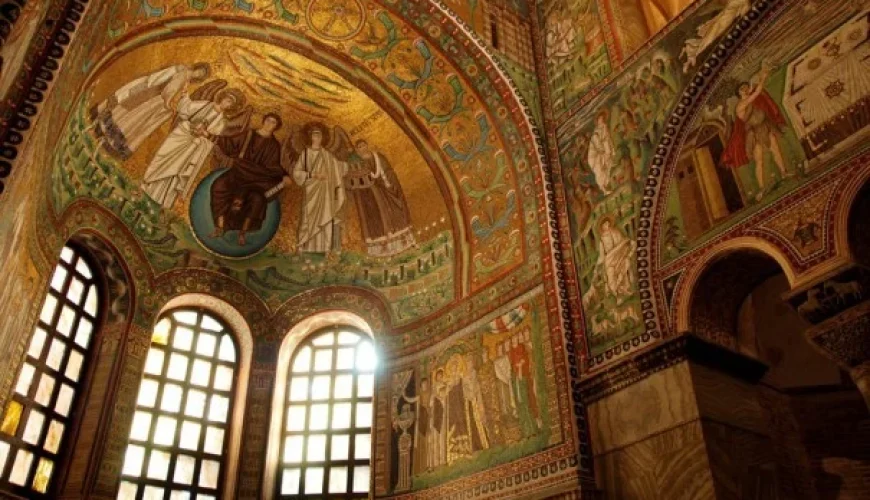

0 Comment